
To situate oneself and better understand the extraordinary character ofthis work, it should be remembered that Mont Saint Michel is a city built on a
small rocky islet in Normandy (France) around the Abbey of Mont Saint Michel
dedicated to the cult of the Archangel Saint Michael. With more than 3 million
visitors per year, it is the second most visited tourist complex in France
after the Eiffel Tower. It was declared a historical monument in 1862 and has
been on the UNESCO World Heritage List since 1979.
After the restoration of the Archangel Saint Michael in 2016 and the
cloister in 2017, the CMN undertook a major restoration of the facades and all
the roofs of "La Merveille", the most emblematic part of the 13th
century monument, jewel of the Gothic architecture. La Merveille is the set of
stone buildings built at the beginning of the 13th century where the most
prestigious buildings of the Abbey are located (cloister, monks' refectory,
etc.).
To transport the slate pallets to the highest scaffolding, which rises to
an altitude of 140 m, it was necessary to use a helicopter. This 1st phase of
the recently completed work was carried out by companies specializing in
historical heritage. Gradually until 2023, part of the local slate, some 150
years old, will be replaced by the exclusive and unique Phyllite Jbernardos.
The heritage architects chose this lead gray slate for its veined appearance in
addition to its physico-mechanical qualities; respecting very specific formats,
thicknesses (8 mm) and types of laying, with variable lengths and widths, for a
mixed laying as the French experts call it, mixing the widths and placing the
largest slates in the lower part of the roof, to finish with the shorter ones.
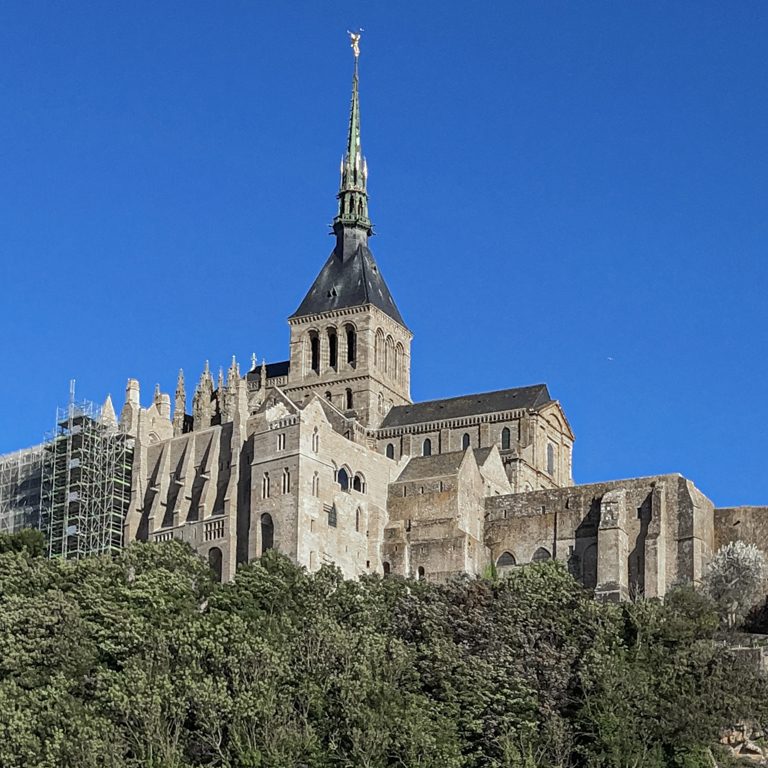
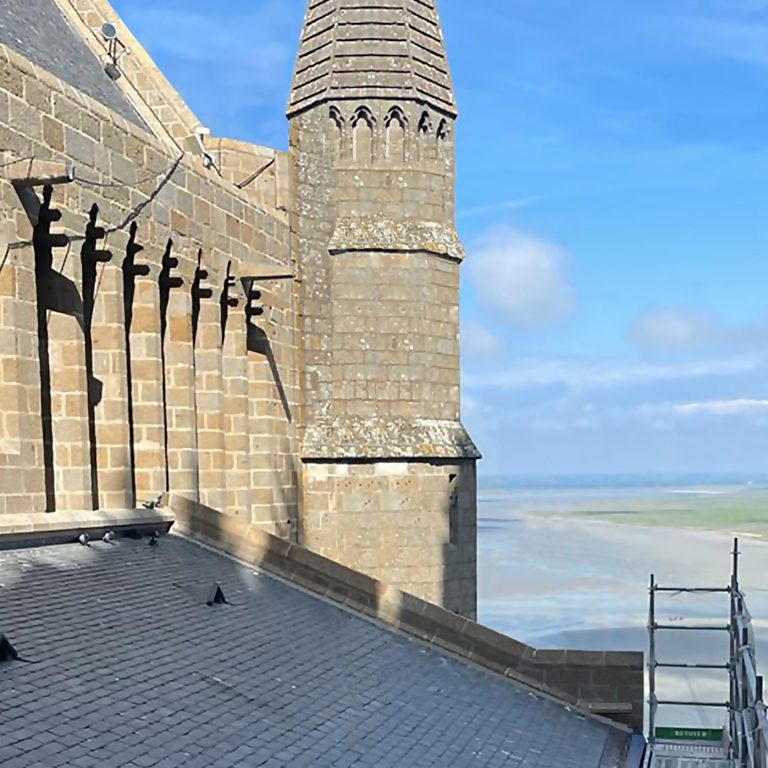
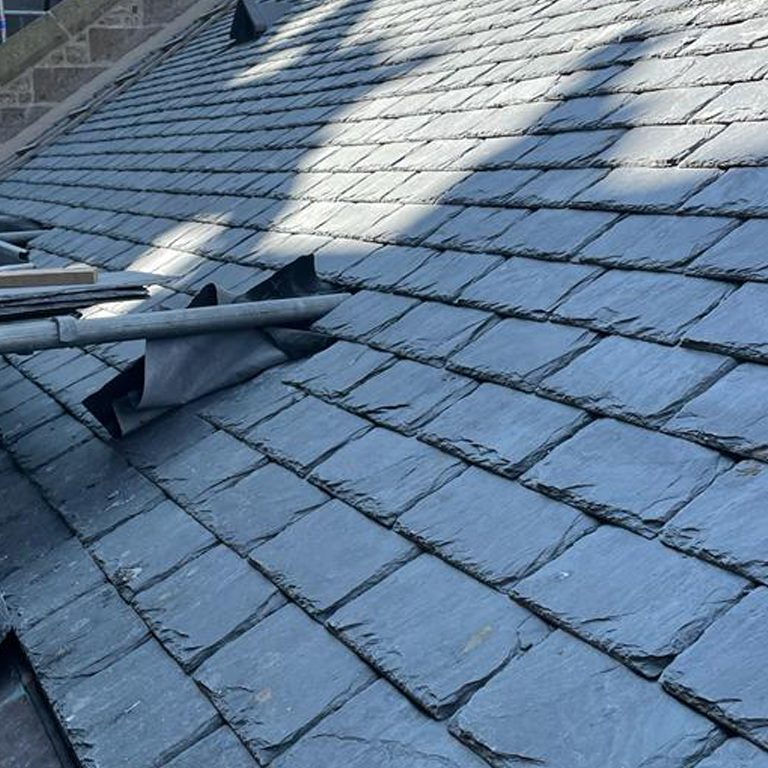
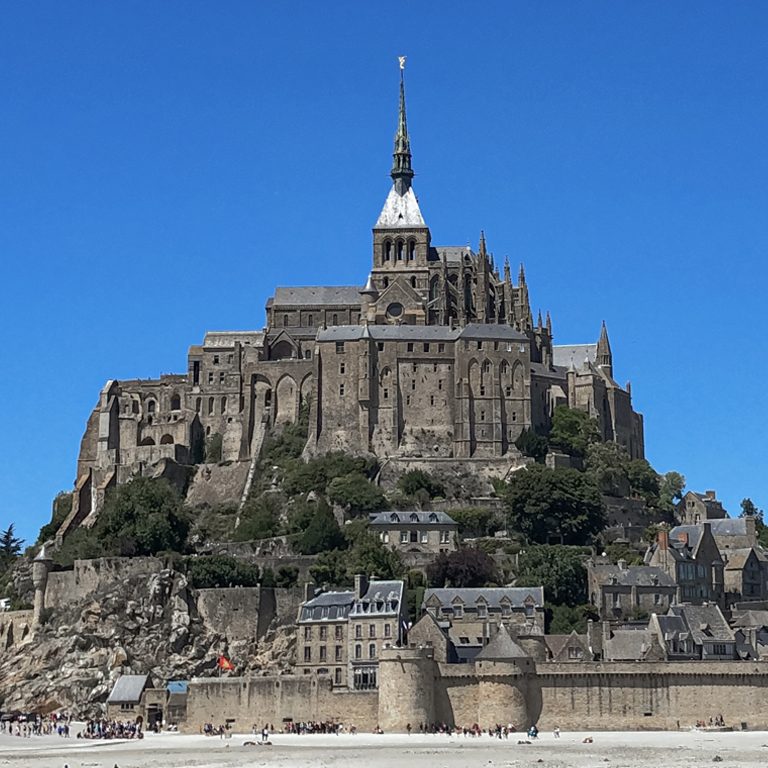
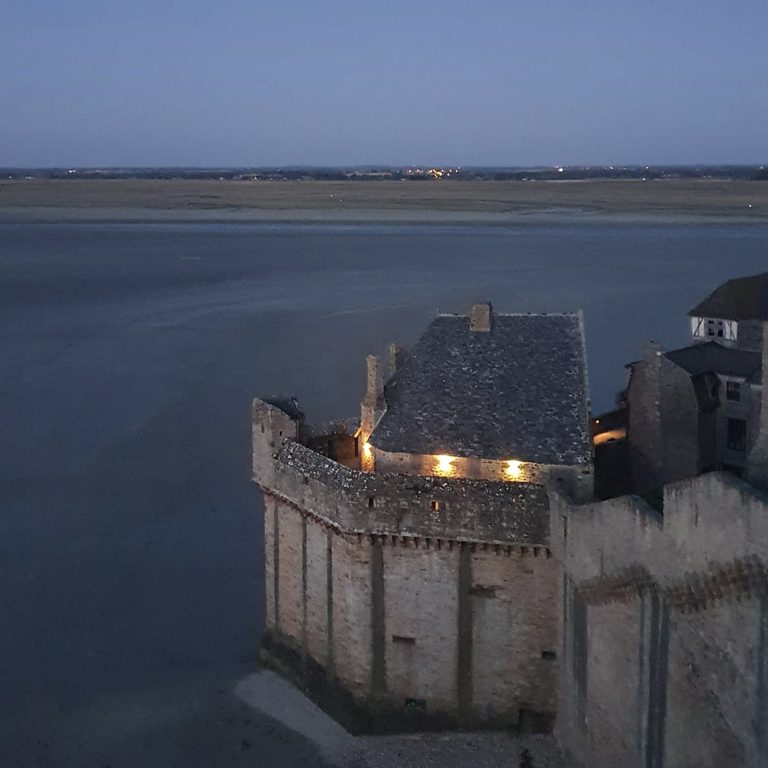
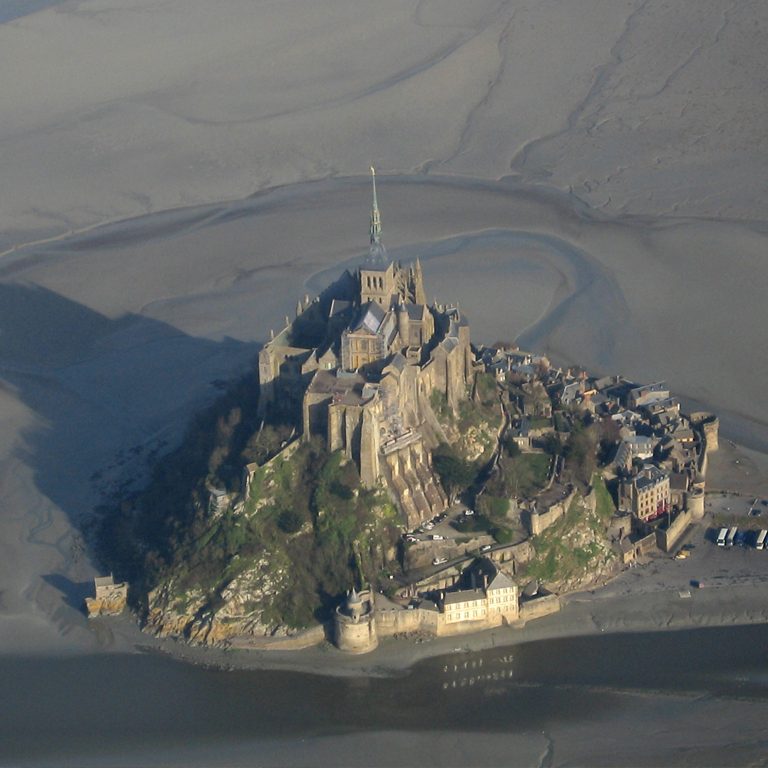
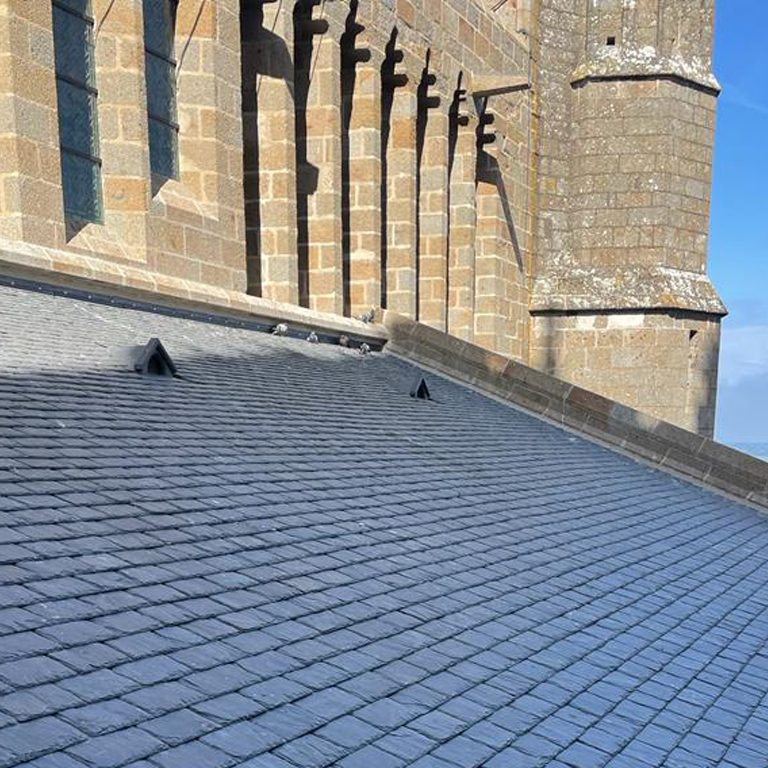
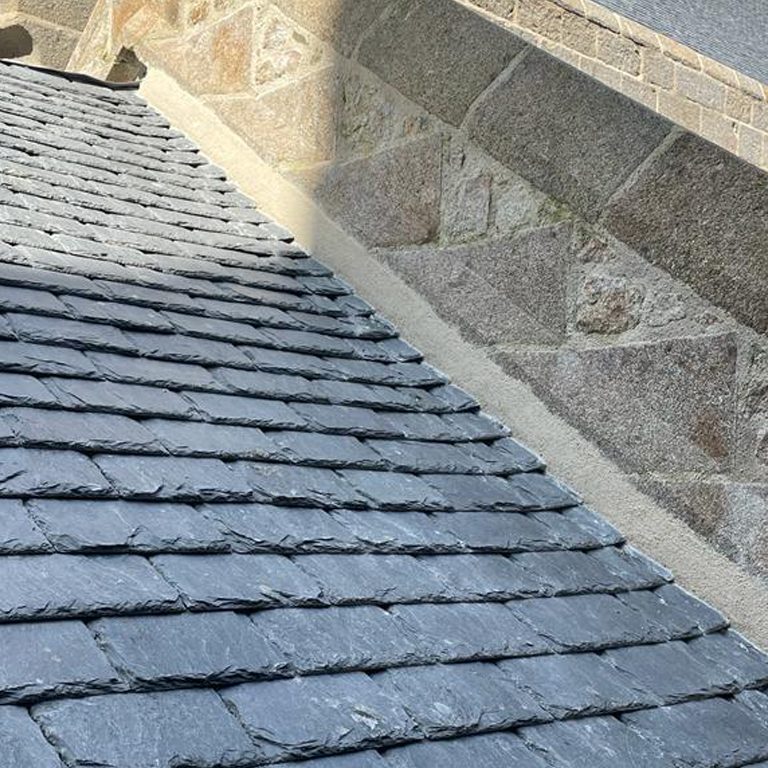

© 2023 naturpiedra JBERNARDOS. Todos los derechos reservados